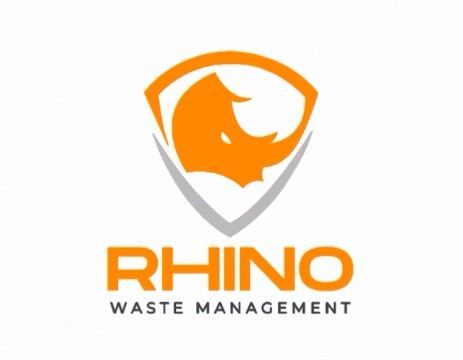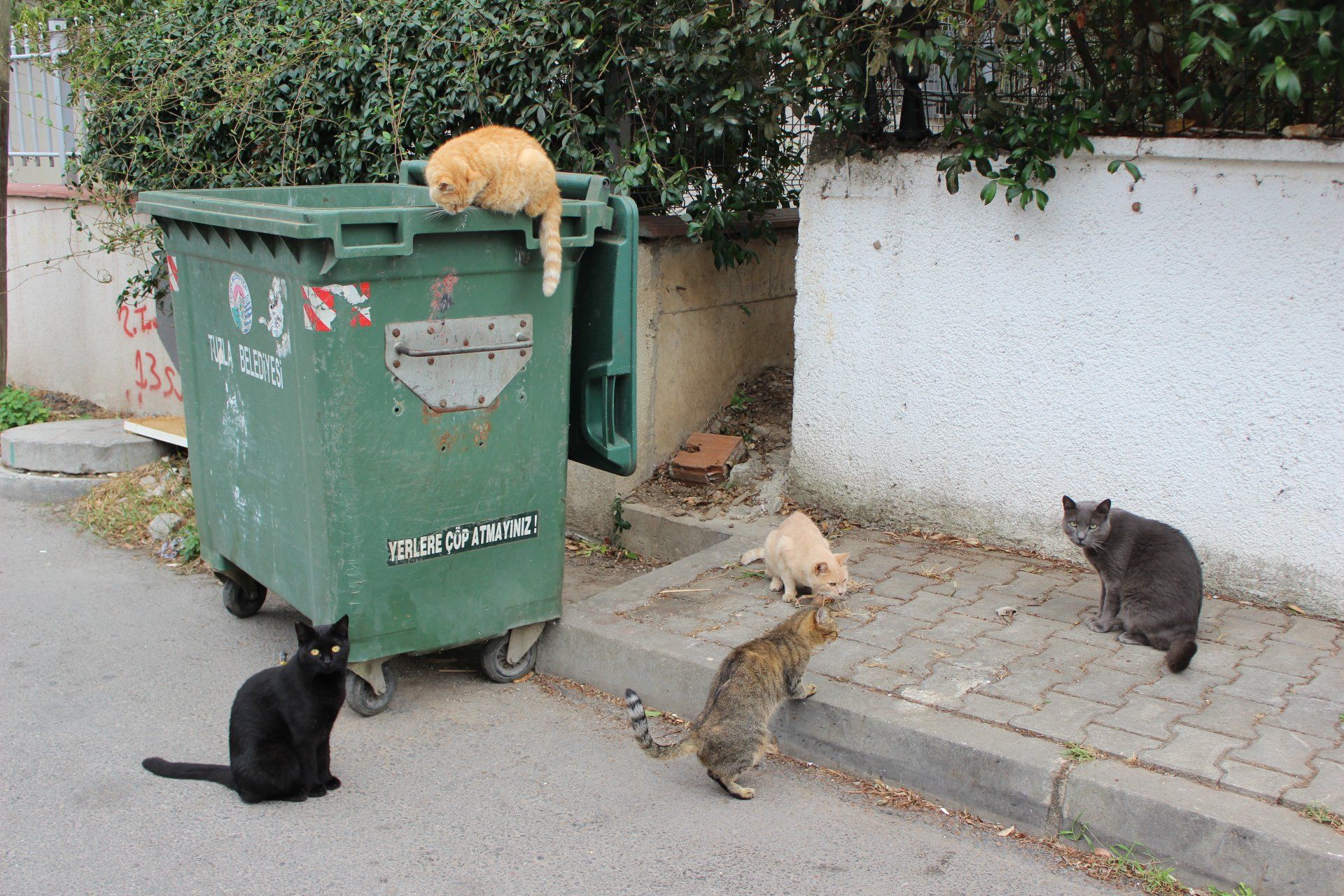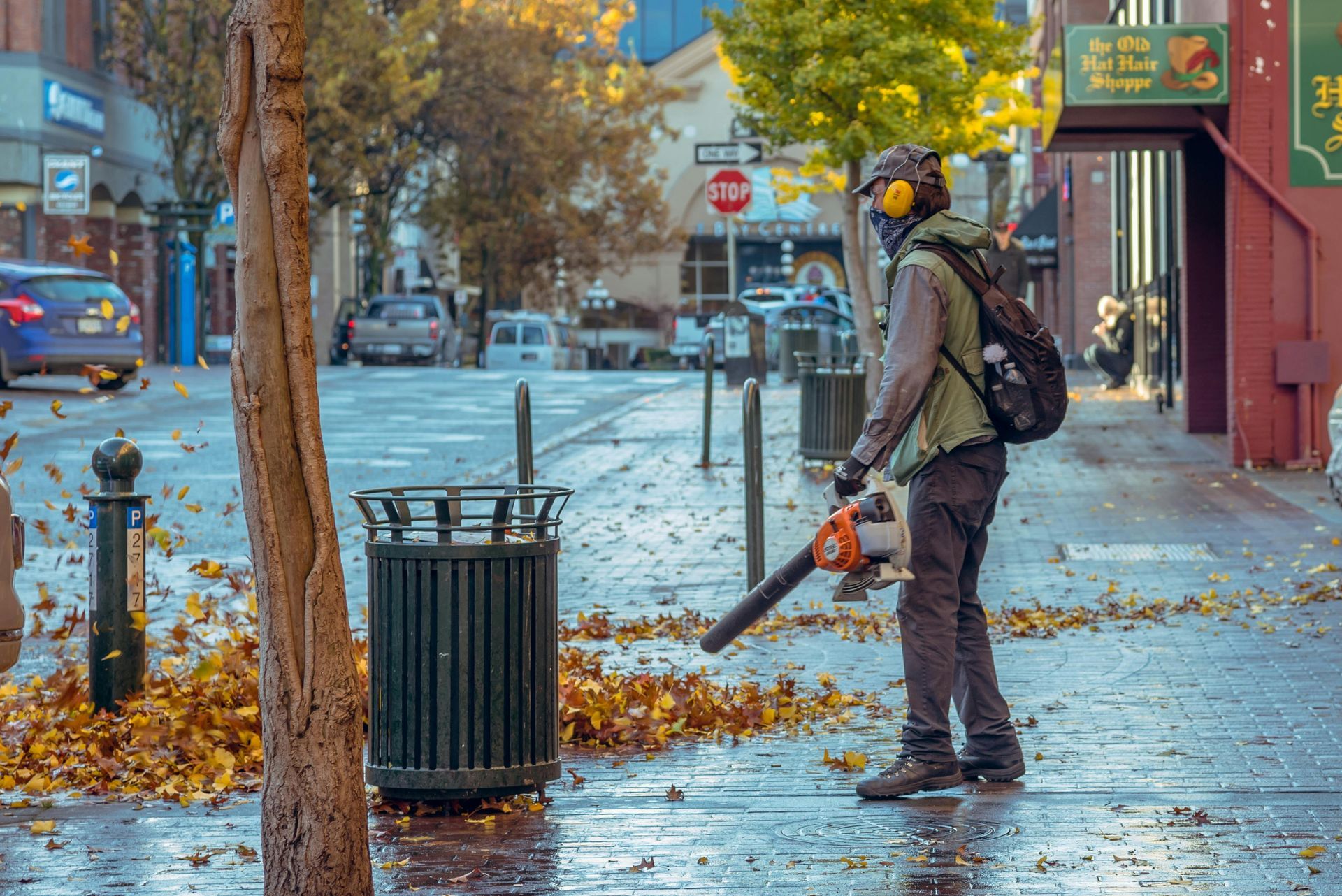Have you ever wondered what happens to the items you see tossed into dumpsters? From the moment something is discarded, it embarks on a journey that can take various paths. Understanding this process not only sheds light on waste management but also highlights the potential for recycling and repurposing. Let’s explore the fate of those items you might find in a dumpster.
The Initial Toss
When an item is thrown into a dumpster, it usually ends up in one of two types: a residential dumpster or a commercial one. The immediate future of that item depends on several factors, including its condition, type, and local waste management practices.
Residential Dumpsters
In residential settings, items are often collected during regular garbage pickup. Depending on the municipal regulations, some items may be eligible for curbside recycling or bulk waste pickup.
Commercial Dumpsters
Commercial dumpsters are often filled with a higher volume of waste, including food scraps, packaging materials, and construction debris. Businesses typically have contracts with waste management companies to manage this waste.
Collection and Transport
Once the dumpster is full, waste management services come to collect it. This process typically involves:
- Emptying the Dumpster: The contents are loaded into a garbage truck for transport to a waste processing facility or landfill.
- Sorting at Transfer Stations: Some waste management companies have transfer stations where items are sorted before being sent to their final destination. This is where the fate of many discarded items is determined.
Sorting and Processing
At the waste processing facility, items are sorted into different categories. The sorting process can be manual or automated and typically involves:
Recyclables
Many items found in dumpsters can be recycled, such as:
- Metals: Aluminum cans and steel containers can be melted down and repurposed.
- Plastics: Certain plastics can be processed into new products, although contamination can complicate this process.
- Paper and Cardboard: These materials can be pulped and turned into new paper products.
Compostable
Food scraps and yard waste are often separated for composting. This organic material can be processed into nutrient-rich compost, which is then used in landscaping and agriculture.
Landfill Waste
Items that cannot be recycled or composted are sent to the landfill. This includes contaminated materials, certain plastics, and non-recyclable items. Unfortunately, a significant portion of what ends up in landfills could potentially be diverted through recycling or composting.
Repurposing and Reselling
Some items that are discarded still have value and can be repurposed or resold. This is where dumpster diving comes into play:
- Salvage Operations: Some businesses specialize in salvaging usable items from dumpsters, such as furniture, appliances, and building materials. These items can be restored and sold at thrift stores or through online marketplaces.
- DIY Projects: Creative individuals often rescue items for DIY projects. From repurposing old furniture to using materials for art, the possibilities are endless.
The Role of Awareness
As awareness of waste management and environmental impact grows, more people are becoming conscious of what happens to items after they’re tossed. This has led to increased interest in recycling, upcycling, and sustainability practices.
- Community Initiatives: Many communities are implementing programs to encourage recycling and composting. Education about proper disposal methods can significantly reduce waste sent to landfills.
- The Circular Economy: A growing focus on the circular economy emphasizes reducing waste and reusing materials. This approach encourages businesses and individuals to consider the lifecycle of products, promoting sustainability.
The journey of an item in a dumpster is far from straightforward. Understanding what happens to these items can empower us to make better choices about waste and recycling. By reducing our waste, embracing recycling, and considering creative reuse, we can contribute to a more sustainable future. So next time you see a dumpster, remember: there’s a whole world of possibilities hidden inside!
You might also like
Bin Buzz
Book a Service Today
We will get back to you as soon as possible
Please try again later
Quick & Reliable
All Rights Reserved | Springfield Dumpster



